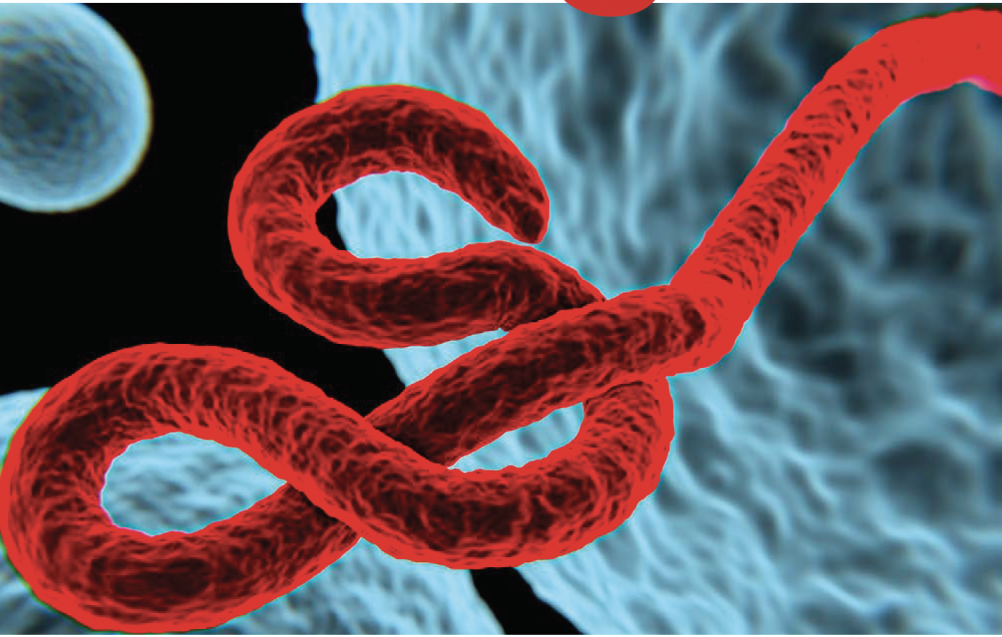Investigational Ebola Vaccine Regimen Shows Immune Response in Kids and Adults
Johnson & Johnson’s vaccine regimen induced neutralizing antibody responses in 98% of participants 21 days after the second dose.

Johnson & Johnson (J&J) reported its Ebola vaccine regimen, Ad26.ZEBOV (Zabdeno) and MVA-BN-Filo (Mvabea), generated humoral immune responses in adults and children, ages 1-17, with the immune responses persisting in adults for at least two years.
This data comes from the phase 3 EBOVAC-Salone clinical study which was conducted in Sierra Leone and the results were published in The Lancet Infectious Diseases.
“These peer-reviewed data support the prophylactic use of the Johnson & Johnson Ebola vaccine regimen to protect people at risk of Ebola, which is essential to our vision of preventing Ebola outbreaks before they can begin,” Johnson & Johnson Vice Chairman of the Executive Committee and Chief Scientific Officer Paul Stoffels, MD, said in a statement.
Phase 3 Study Parameters
This study was conducted to determine the safety and immunogenicity of the two-dose, heterologous vaccine regimen. The Ad26.ZEBOV vaccine was administered intramuscularly as the first dose vaccination followed 56 days later by the MVA-BN-Filo dose.
The study was divided into 2 stages. There were 443 participants (43 in stage 1 and 400 in stage 2) that were enrolled; 341 participants assigned to receive the Ad26.ZEBOV and MVA-BN-Filo regimen and 102 participants were assigned to receive a single dose of meningococcal quadrivalent conjugate vaccine (MenACWY) and placebo regimen.
In stage 1, 43 adults aged 18 years or older were vaccinated to gain information about the safety and immunogenicity of the 2-dose vaccine regimen. In stage 2, 400 adults and 576 children or adolescents (including 192 in each of the 3 age cohorts of 1-3, 4-11 and 12-17 years of age) were vaccinated. Consenting adults participating in stage one of the study were administered a booster dose of A26.ZEBOV two years after the first dose.
“Vaccine-induced humoral immune responses were observed in 41 (98%) of 42 stage 1 participants (geometric mean binding antibody concentration 4784 ELISA units [EU]/mL [95% CI 3736–6125]) and in 176 (98%) of 179 stage 2 participants (3810 EU/mL [3312–4383]) at 21 days after the second vaccination,” the investigators wrote in the study.
Outbreaks
Ebola has been a persistent and mysterious virus in the African continent. The Kivu Ebola outbreak in the eastern part of the Democratic Republic of the Congo (DRC) occurred from August 2018 to June 2020. It was the second-largest Ebola outbreak on record with 3470 cases and 2280 deaths.
Both the DRC and Guinea had smaller outbreaks earlier this year. The DRC outbreak, which was the country's 12th, was announced in February. In total, there were 12 cases (probable and confirmed) and 6 deaths were reported in the DRC outbreak.
The DRC outbreak was over in early May. “CDC commends the DRC Ministry of Health and partners whose work helped bring this outbreak to an end,” said CDC Director Rochelle P. Walensky, MD, MPH, said at that time. “We are proud to have been part of the effort and remain committed to supporting the DRC’s efforts to assist outbreak survivors, prevent future outbreaks, and quickly detect and respond to any new cases of Ebola. Our hearts are with the families who lost loved ones due to this deadly disease.”
It is this knowledge that these outbreaks will continue that has motivated J&J to work with countries in Africa. “Recent and ongoing outbreaks in Africa underscore that the threat of Ebola is not going away, which is why we collaborated to develop a vaccine regimen capable of inducing long-term immunity against Ebola and are now working to ensure that it is accessible to people in need,” Stoffels stated.
Post Ebola Syndrome
For people who contract Ebola it can be traumatizing, and after surviving a bout with it, can have lingering symptoms remain. Specifically, Post-Ebola Syndrome happens to survivors of the infectious disease and it can come in a wide range of health issues including eye problems up to blindness, neurological issues, as well as muscular and joint pain.
It can be quite debilitating to the point of leaving people unable to work.
As such, investigators decided to understand the depth of the syndrome. In one study, they identified survivors in East Sierra Leone, and household contacts of survivors were identified by enrolled survivors. Both groups were administered a questionnaire assessing self-reported symptoms. Providers performed a physical exam. Investigators were looking for patterns within the wide variety of symptoms that Ebola survivors presented with and see if they fit known disease processes.
"Using multiple modalities of statistical analysis of reported symptoms and physical exam findings we found clusters of symptoms that occur together," Sarah Talia Himmelfarb, MD, resident in Internal Medicine and Pediatrics at Tulane University and a presenting author of the study told Contagion. "This work has significance for the thousands of Ebola survivors who emerged from the 2014-2016 epidemic in Western Africa. It also contributes a small but growing body of knowledge of post-viral sequelae."
